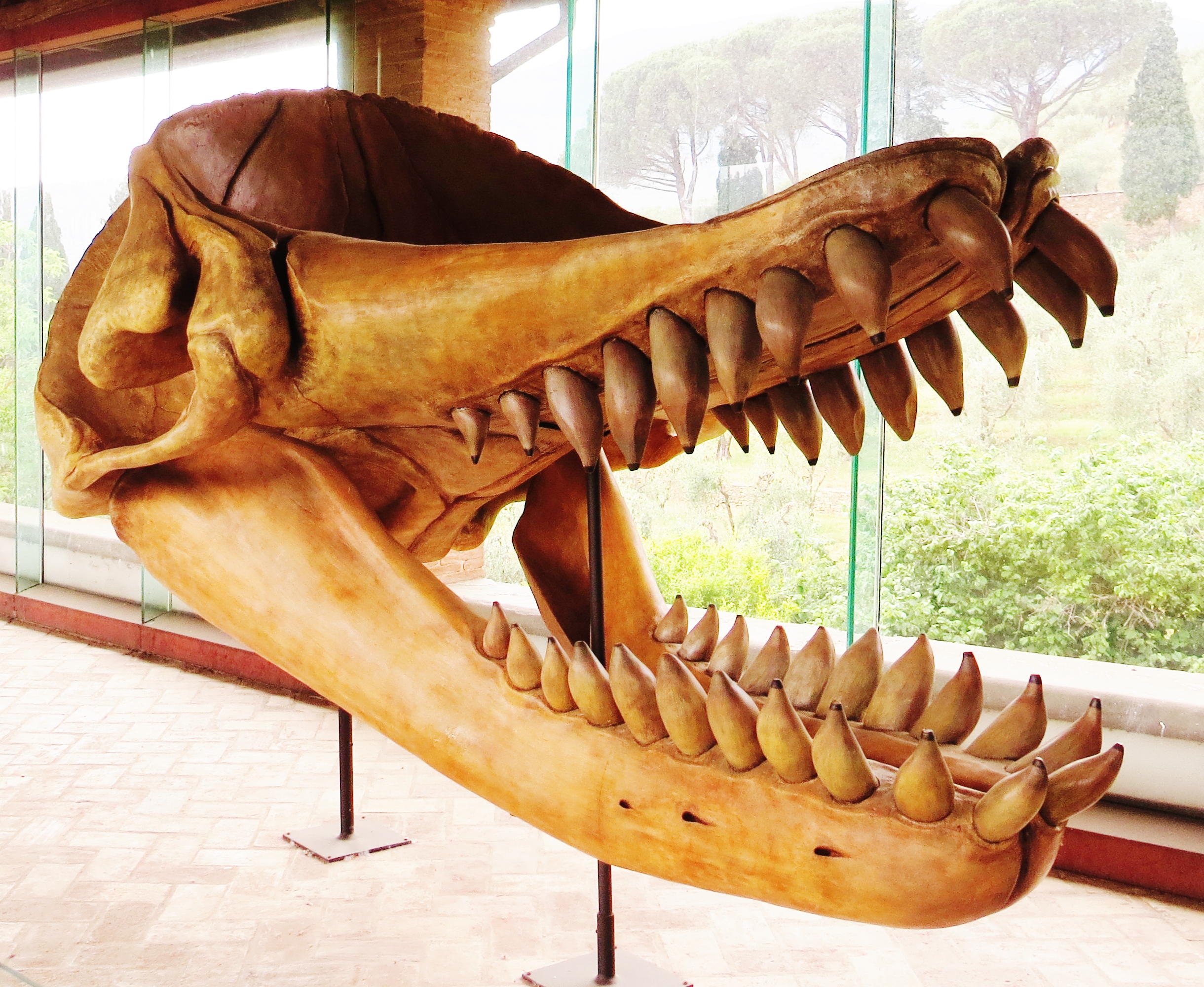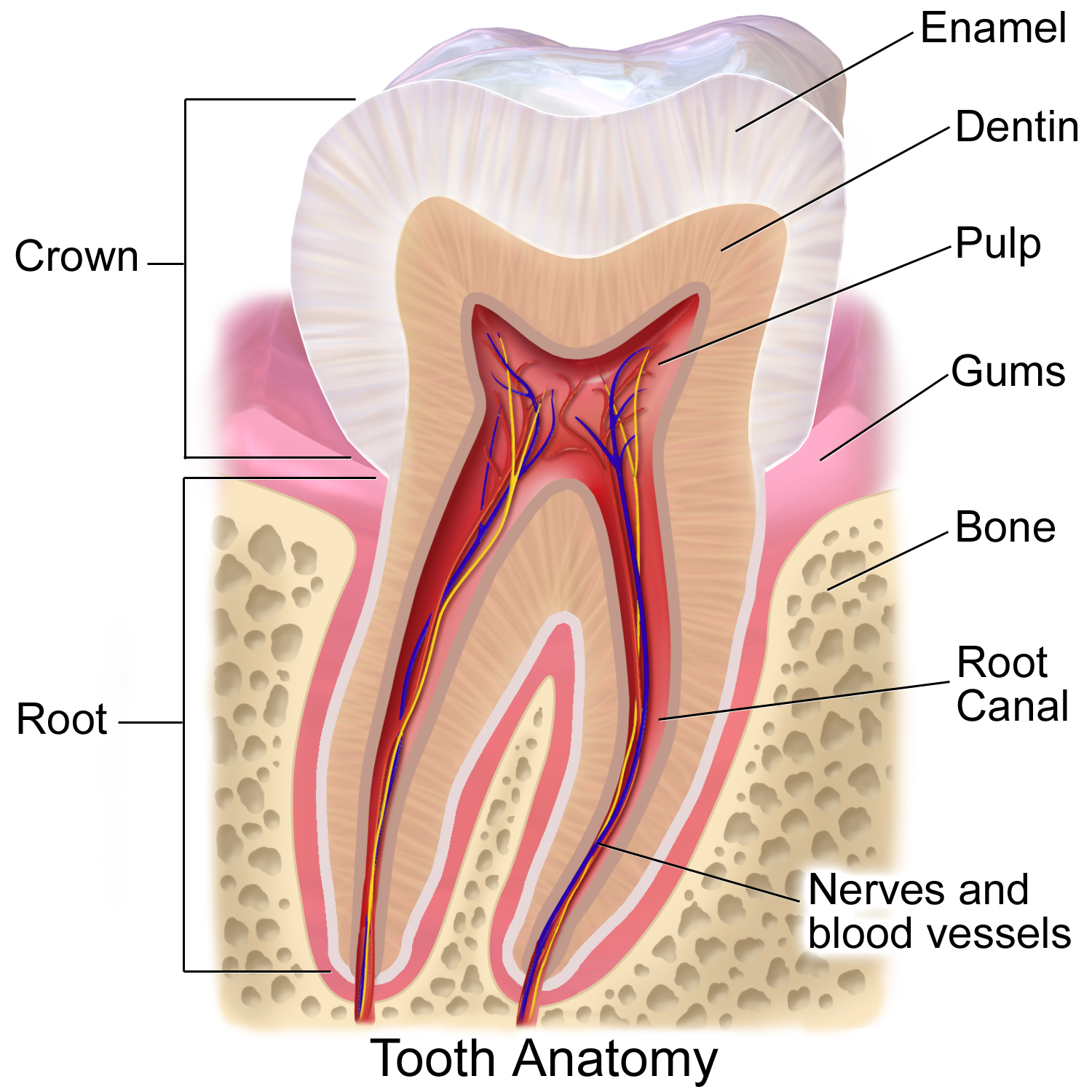|
Scaldicetus
''Scaldicetus'' is an extinct genus of highly predatory macroraptorial sperm whale. Although widely used for a number of extinct physeterids with primitive dental morphology consisting of enameled teeth, ''Scaldicetus'' as generally recognized appears to be a wastebasket taxon filled with more-or-less unrelated primitive sperm whales. Taxonomy ''Scaldicetus'' is known from the Miocene to Pleistocene deposits of Western Europe, the U.S. (California, Florida, Maryland, Virginia), Baja Peninsula, Peru, New South Wales, and Japan. However, ''Scaldicetus'' is probably a grade taxon, and fossil teeth assigned to it (largely due to the lack of distinguishing characteristics in fossil teeth alone) probably represent more-or-less unrelated sperm whales united by their primitive characteristics rather than actual ancestry. Consequently, this would inflate the genus's distribution. The name ''Scaldicetus caretti'' was coined in 1867 from numerous sperm whale teeth collected in Neogene ... [...More Info...] [...Related Items...] OR: [Wikipedia] [Google] [Baidu] |
Macroraptorial Sperm Whale
Macroraptorial sperm whales were highly predatory whales of the sperm whale superfamily (Physeteroidea) of the Miocene epoch (geology), epoch that hunted large marine mammals, including other whales, using their large teeth. They consist of five genera: ''Acrophyseter'', ''Albicetus'', ''Brygmophyseter'', ''Livyatan'', and ''Zygophyseter''. All species are known by at least a skull, and are informally grouped without a family (biology), family designation. They were all likely the apex predator of their habitats, comparable to the modern day killer whale (''Orcinus orca''), and achieved great lengths, with one species–''Livyatan''–measuring about . Discovery ''Zygophyseter'' was discovered in the Pietra Leccese Formation in Italy from a skull, teeth, and vertebrae; ''Brygmophyseter'' was discovered in the Bessho Formation in Japan from a nearly-complete skeleton; and ''Acrophyseter'' and ''Livyatan'' both originate from the Pisco Formation in Peru and are known by only a skull. ... [...More Info...] [...Related Items...] OR: [Wikipedia] [Google] [Baidu] |
Physeterid
Physeteroidea is a superfamily that includes three extant species of whales: the sperm whale, in the genus ''Physeter'', and the pygmy sperm whale and dwarf sperm whale, in the genus ''Kogia''. In the past, these genera have sometimes been united in a single family, the Physeteridae, with the two ''Kogia'' species in the subfamily Kogiinae; however, recent practice is to allocate the genus ''Kogia'' to its own family, the Kogiidae, leaving the Physeteridae as a monotypic (single extant species) family, although additional fossil representatives of both families are known. Characteristics The sperm whale (''Physeter macrocephalus'') is the largest species of toothed whale, with adult bulls (males) growing to be about long, and weighing about . The two kogiid species are much smaller, around in length, and weighing . The bodies of physeteroids are robustly proportioned, with paddle-shaped flippers. The lower jaw is always relatively small and thin relative to the upper jaw. T ... [...More Info...] [...Related Items...] OR: [Wikipedia] [Google] [Baidu] |
Tooth Enamel
Tooth enamel is one of the four major tissues that make up the tooth in humans and many other animals, including some species of fish. It makes up the normally visible part of the tooth, covering the crown. The other major tissues are dentin, cementum, and dental pulp. It is a very hard, white to off-white, highly mineralised substance that acts as a barrier to protect the tooth but can become susceptible to degradation, especially by acids from food and drink. Calcium hardens the tooth enamel. In rare circumstances enamel fails to form, leaving the underlying dentin exposed on the surface. Features Enamel is the hardest substance in the human body and contains the highest percentage of minerals (at 96%),Ross ''et al.'', p. 485 with water and organic material composing the rest.Ten Cate's Oral Histology, Nancy, Elsevier, pp. 70–94 The primary mineral is hydroxyapatite, which is a crystalline calcium phosphate. Enamel is formed on the tooth while the tooth develops wit ... [...More Info...] [...Related Items...] OR: [Wikipedia] [Google] [Baidu] |
Neogene
The Neogene ( ), informally Upper Tertiary or Late Tertiary, is a geologic period and system that spans 20.45 million years from the end of the Paleogene Period million years ago (Mya) to the beginning of the present Quaternary Period Mya. The Neogene is sub-divided into two epochs, the earlier Miocene and the later Pliocene. Some geologists assert that the Neogene cannot be clearly delineated from the modern geological period, the Quaternary. The term "Neogene" was coined in 1853 by the Austrian palaeontologist Moritz Hörnes (1815–1868). During this period, mammals and birds continued to evolve into modern forms, while other groups of life remained relatively unchanged. The first humans ('' Homo habilis'') appeared in Africa near the end of the period. Some continental movements took place, the most significant event being the connection of North and South America at the Isthmus of Panama, late in the Pliocene. This cut off the warm ocean currents from the Pacific t ... [...More Info...] [...Related Items...] OR: [Wikipedia] [Google] [Baidu] |
Grade (taxonomy)
A grade is a taxon united by a level of morphological or physiological complexity. The term was coined by British biologist Julian Huxley, to contrast with clade, a strictly phylogenetic unit. Definition An evolutionary grade is a group of species united by morphological or physiological traits, that has given rise to another group that has major differences from the ancestral condition, and is thus not considered part of the ancestral group, while still having enough similarities that we can group them under the same clade. The ancestral group will not be phylogenetically complete (i.e. will not form a clade), so will represent a paraphyletic taxon. In order to fully understand evolutionary grades, one must first get a better understanding of Phylogenetics, defined as "''In biology, is the study of the evolutionary history and relationships among individuals or groups of organisms (e.g. species, or populations). These relationships are discovered through phylogenetic infer ... [...More Info...] [...Related Items...] OR: [Wikipedia] [Google] [Baidu] |
|



